Archduke Joseph was born in 1 as the ninth child of Leopold, Archduke of Tuscany. His father had little chance of becoming Emperor and King of Hungary, but following the sudden death of the childless Joseph II, the Archduke ascended to the throne. Leopold II aimed to quite the dissent that had grown in Hungary during his brother's reign and named one of his sons, Archduke Alexander Leopold as Palatine of Hungary.
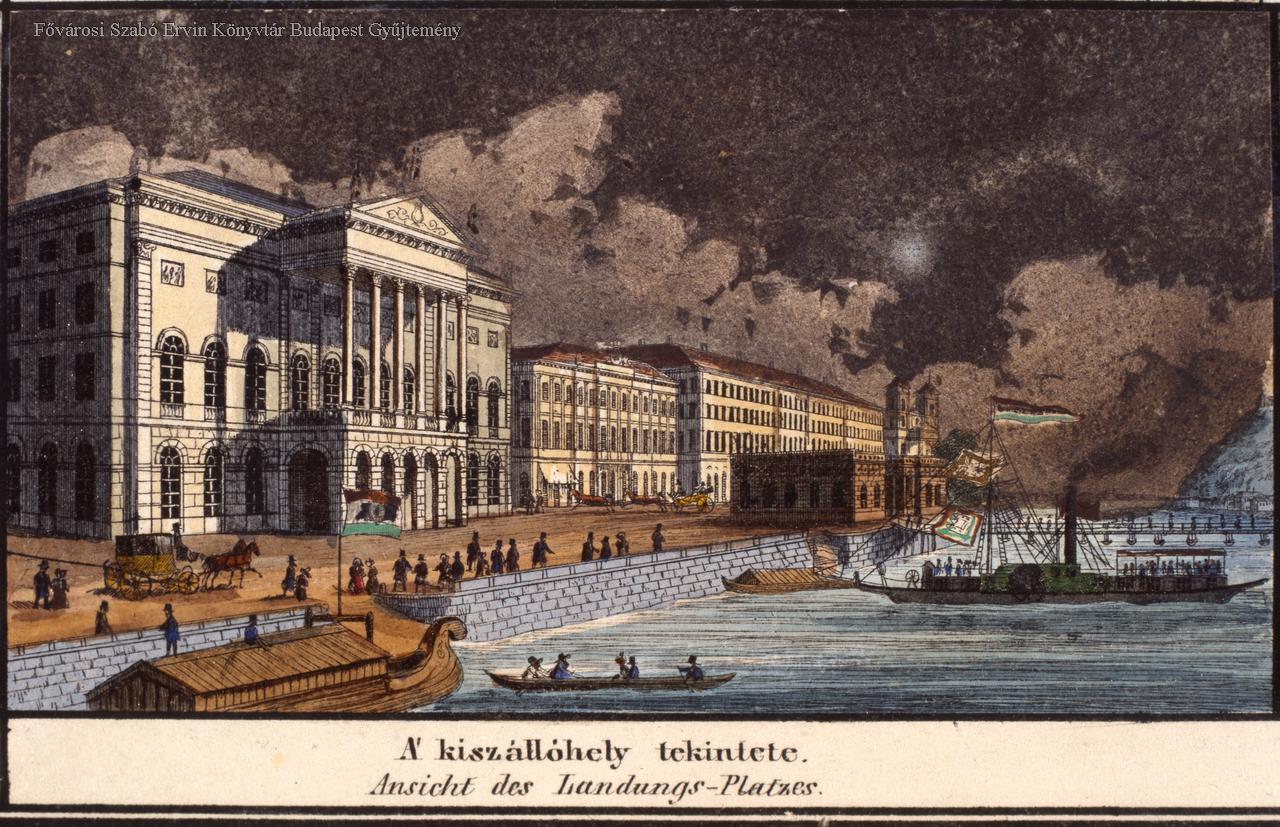
The cityscape of the 1830s was already very different from what the young Archduke had first seen at the end of the 18th century (Photo: FSZEK Budapest Collection)
The palatine was the highest administrative title in Royal Hungary, traceable in its origins to King Saint Stephen. The holder of the office served as deputy to the kin and was chosen by the Estates of the Realm since 1447. by 1790 the country had been without a palatine for over 25 years, as after the death of Palatine Lajos Batthány in 1765, neither Maria Theresa nor her son Joseph II had allowed the estates to chose a new palatine.
Thus Alexander Joseph became palatine but died suddenly in 1795 as a result of a failed chemistry experiment. The new emperor, Francis I nominated his brother, Joseph for the position, first naming him imperial governor, as the palatine had to be elected by the national diet.
The 19-year-old Archduke entered Budapest with much ceremony on 22 September 1795, with the aim of moving to the city. Joseph had been to Buda before, to attend the coronation of his brother and was aware of where imperial grace had placed him.
Buda and Pest had recently experienced the brutal elimination of the Martinovics-conspiracy, and the French Revolution and connected conflicts were unfolding. As a result, the court in Vienna saw Hungary as a province to be silenced and handled with a firm hand.
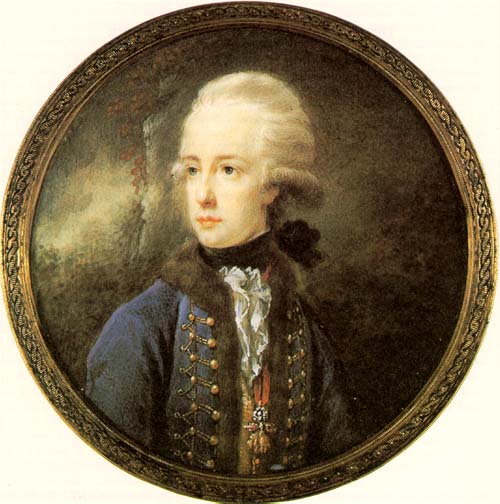
Joseph Anton Johann Baptist von Österreich, the Palatine of Hungary (Florence, 8 March 1776 – Buda, 13 January 1847)
The 19-year-old took to the task well. He began learning Hungarian and Hungarian laws in Vienna. The country turned toward him with a degree of trust, as they saw him as the rightful successor to his popular brother Alexander Leopold. His task was to calm the troubled country and integrate it into the Empire. As Francis I had told him: Hungary was but one province of the Empire.
The governor set up his court in Buda. To everyone's surprise, he quickly became not Vienna's governor but an advocate of Hungarian issues in Vienna and pushed the imperial court toward a new policy of reconciliation.
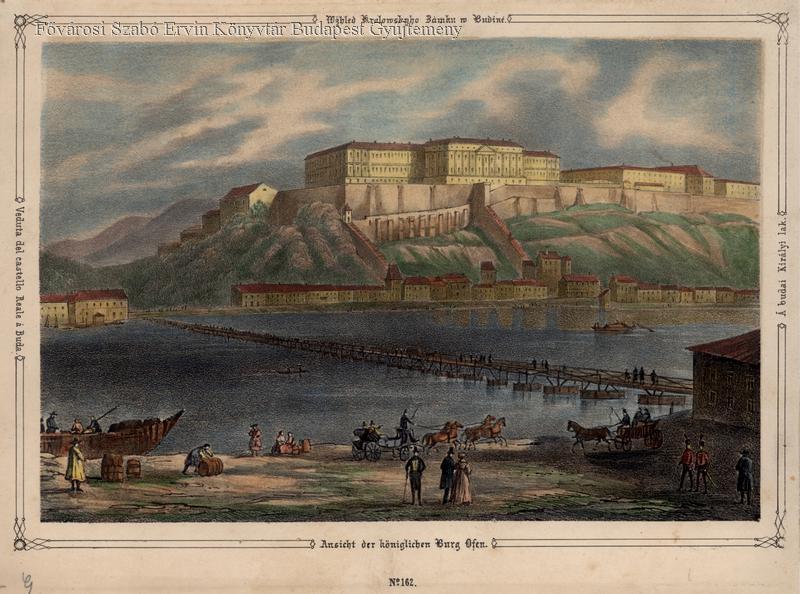
The Royal Palace of Buda in the 1840s (Source: FSZEK Budapest Collection)
He did so from Buda. However, at the time, Buda was far from being a suitable seat for an imperial governor and Habsburg archduke. While Maria Theresa did expand the palace of Buda, Buda and Pest were two relatively small cities at the time.
What was Pest like? The famous Hungarian novelist, Mór Jókai described it as follows in his book "És még is mozog a föld" (And Yet it Moves, no English translation published), at the beginning of a chapter entitled Nádornál (At the Palatine):
Where now the proud palaces of the promenade stand, a barren sandy beach ran upward from the Redut-building, filled with the shingle-covered rafts of the timber traders; where the Wurm-yard now stands, a swamp fed by the sewage ditch of the nearby pálinka distillery spread, lined with a few reeds. Beyond the rafts, willow trees covered the banks of the river, filled with small fishing boats pulling their nets across the water; the sandy beach is broken in the distance by the large barracks known as the New Building; the city's dump filled what is today the railway station. Downstream the riverbank is filled with the houses of tanners, dyers, and fishermen, raw hides covering the beaches, blue cloth drying in the wind. On the Buda side, grain barges are being towed against the stream of the river by horses; the cries and whips of the horsemen can be heard across the river. The pontoon-bridge closed for two hours due to the passing boats. Beyond the bridgehead, a large, spherical building looms on the shore. A remnant of the Turkish occupation, left as if forgotten, the bastion once built to guard the bridgehead. Its outside unplastered and blackened by time, its roof ended in a spire. They called it 'rundella.' At the time it was the storehouse for the city's firefighting supplies. A hot southern wind drives a cloud of dust up from the sands of Rákos. This is the view of Pest, seen from a window of the Royal Palace."
Over the next fifty years, Palatine Joseph paid special attention to the development of Buda and Pest. He did so of his own accord before István Széchenyi took an interest in the city.
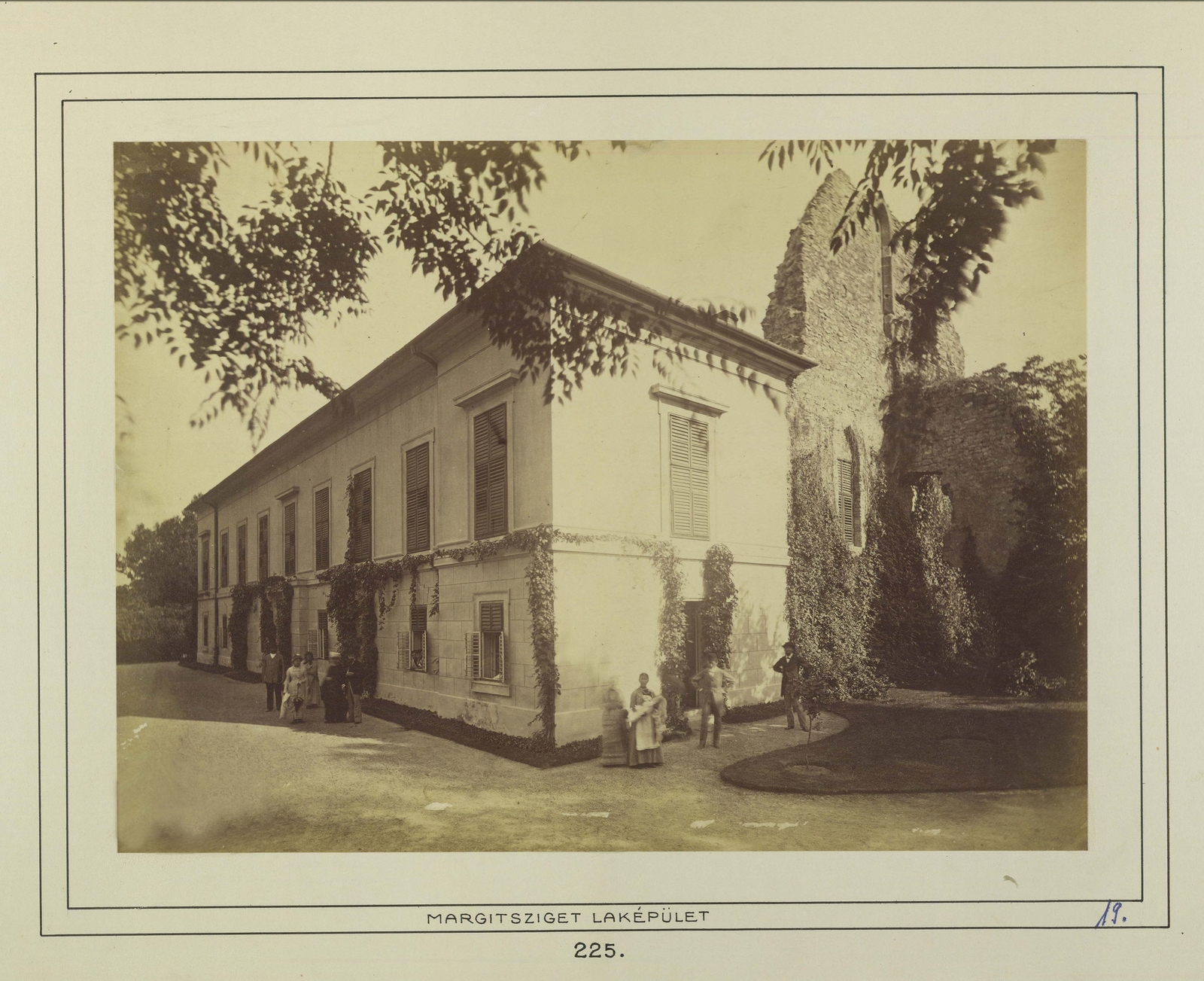
The former villa of Palatine Joseph on Margaret Island around 1878 (Photo: Fortepan, Budapest Archives. Reference no.: HU.BFL.XV.19.d.1.06.036, taken by György Klösz)
Only a brief summary of his work in the two cities can follow: it was with his support, and the donation made by Ferenc Széchenyi in 1802 that the National Library, that formed the foundation of the present-day Széchényi Library and National Museum, was founded. He donated to the collection himself.
In 1804 he proposed a committee be created to focus on the beautification of the cities, which began work in 1808 as the Beauty Committee and led large-scale urban developments. He initiated the construction of Lipótváros (lit. eng. Leopold city), he supported the construction of the observatory on Gellért Hill, the landscaping of City Park and Margaret Island. In 1826 he founded the Institute for the Blind, supported the horse-drawn railway to Kőbánya. He was a firm believer in the development of infrastructure, and the creation of the National Theater.

The statue of Palatine Joseph on the square that bears his name (Photo: pestbuda.hu)
In over 50 years of service, he did much for Hungary and its capital. He founded, supported, reconciled, calmed Vienna when needed, or the Hungarian noble and Széchenyi when needed. His work was generally respected, and he was rightly named by his contemporaries: the most Hungarian Habsburg. Without him, Budapest may never have been born.
Cover photo: The statue of Palatine Joseph on József Nádor tér around 1870 (Photo: FSZEK Budapest Collection)

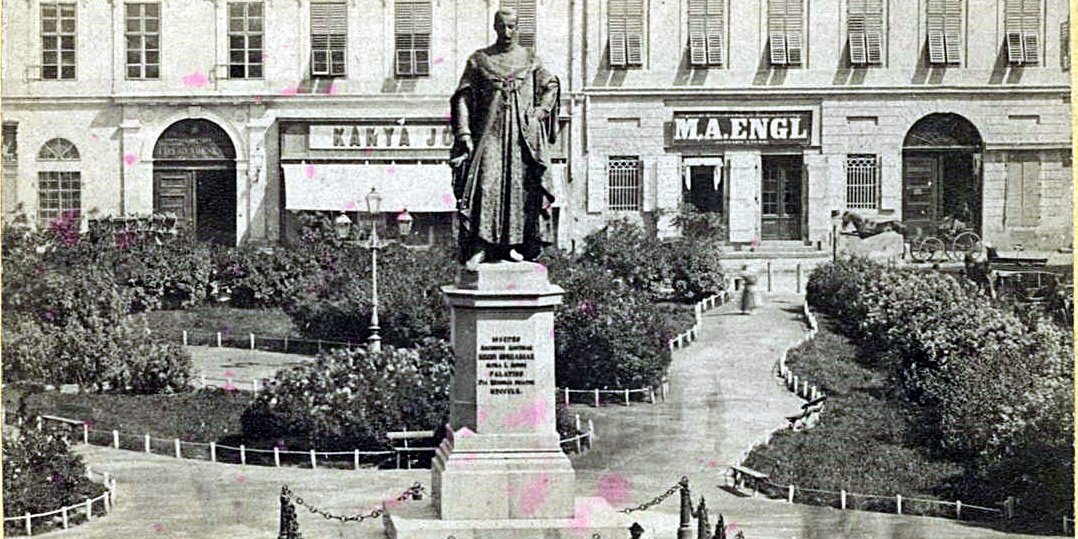



































Hozzászólások
Log in or register to comment!
Login Registration